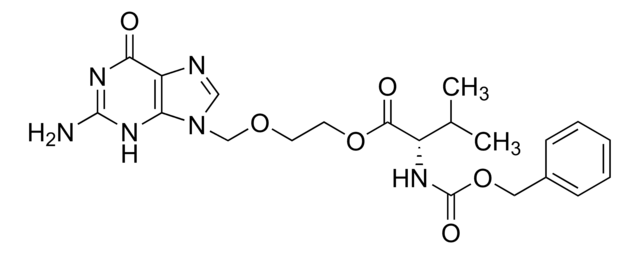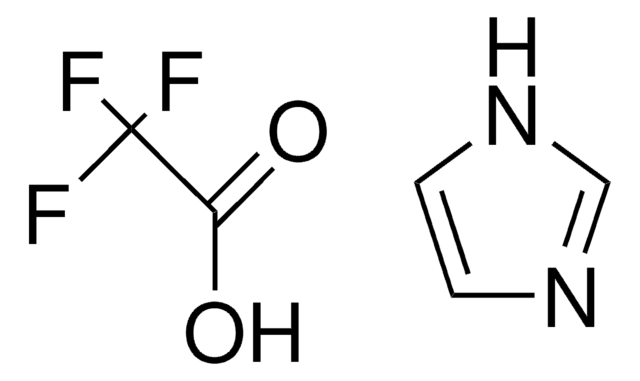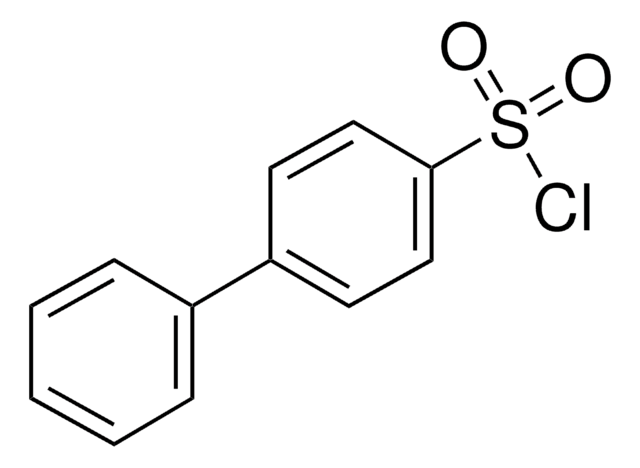QBD10760
t-Boc-N-amido-dPEG®8-acid
>95% (HPLC)
Sinónimos:
t-Boc-N-amido-PEG8-COOH, t-Boc-N-amido-PEG8-acid, t-Boc-PEG-acid, BocNH-PEG8-CH2CH2COOH
About This Item
Productos recomendados
assay
>95% (HPLC)
form
solid or viscous liquid
reaction suitability
reaction type: Pegylations
polymer architecture
shape: linear
functionality: heterobifunctional
shipped in
ambient
storage temp.
−20°C
SMILES string
N(CCOCCOCCOCCOCCOCCOCCOCCOCCC(=O)O)C(=O)OC(C)(C)C
InChI
1S/C24H47NO12/c1-24(2,3)37-23(28)25-5-7-30-9-11-32-13-15-34-17-19-36-21-20-35-18-16-33-14-12-31-10-8-29-6-4-22(26)27/h4-21H2,1-3H3,(H,25,28)(H,26,27)
InChI key
XYVCCDSFTREKQJ-UHFFFAOYSA-N
Features and Benefits
Legal Information
Storage Class
11 - Combustible Solids
wgk_germany
WGK 3
flash_point_f
Not applicable
flash_point_c
Not applicable
Elija entre una de las versiones más recientes:
Certificados de análisis (COA)
It looks like we've run into a problem, but you can still download Certificates of Analysis from our Documentos section.
Si necesita más asistencia, póngase en contacto con Atención al cliente
¿Ya tiene este producto?
Encuentre la documentación para los productos que ha comprado recientemente en la Biblioteca de documentos.
Nuestro equipo de científicos tiene experiencia en todas las áreas de investigación: Ciencias de la vida, Ciencia de los materiales, Síntesis química, Cromatografía, Analítica y muchas otras.
Póngase en contacto con el Servicio técnico








